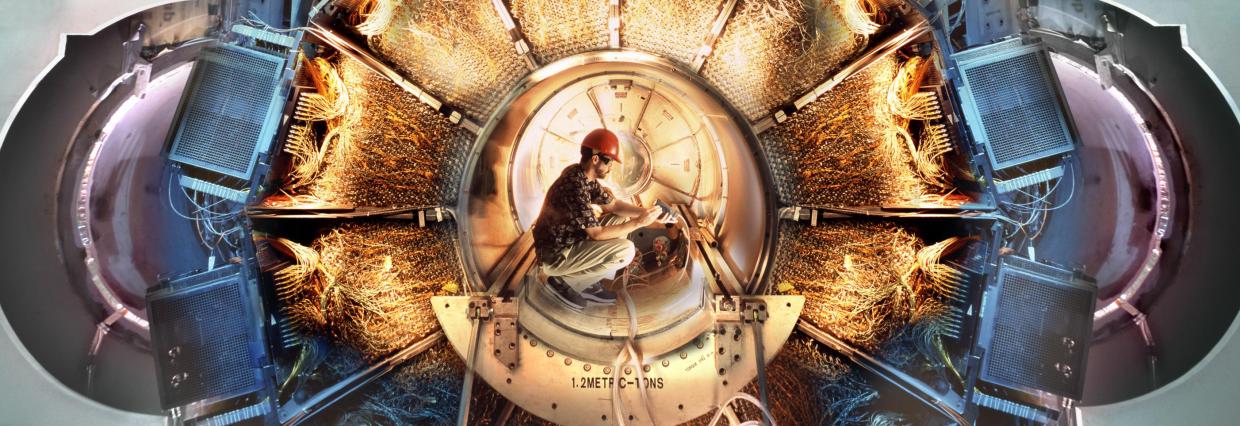Our history

1998-2008
BABAR
The BABAR experiment was designed to investigate “CP violation,” the idea that matter and antimatter behave in slightly different ways, causing the universe to be filled with matter and not antimatter. By observing the collision of high-energy electrons and positrons at SLAC’s B Factory from 1998 through 2008, the BaBar collaboration showed that, indeed, B mesons and their antiparticles do not always decay in the same way, offering strong evidence for CP violation. In 2008, Yoichiro Nambu, Makoto Kobayashi and Toshihide Maskawa were awarded the 2008 Nobel Prize in physics for developing the theory of CP violation.
The high intensity and precisely focused beams of the B Factory allowed the BABAR experiment to collect tens of billions of collision events of many kinds, and enabled many unique, precision measurements and discoveries even beyond those related to CP violation. The hundreds of scientists who have belonged to the international collaboration have published more than 500 scientific papers in the past two decades.
In 2007, the BABAR collaboration for the first time caught a particle called the neutral D-meson transforming into its antimatter particle. The observation allowed for new tests of the Standard Model, the current theory that best describes all the universe's luminous matter and its associated forces. Just a year later, BABAR physicists for the first the first time detected and measured the lowest energy particle of the “bottomonium” quark family, called the ηb (pronounced eta-sub-b). This discovery had been sought for more than 30 years and is proving important to the understanding of the strong force.
More recently, BABAR data has been used to better understand the directionality of time. From the point of view of a single, isolated particle, the passage of time looks the same in either direction; a movie of two particles scattering off of each other looks just as sensible in reverse. Yet BABAR revealed the first direct observation of a long-theorized exception to this rule. Digging through nearly 10 years of data from billions of particle collisions, researchers found that certain particle types change into one another much more often in one way than they do in the other, a confirmation that some subatomic processes have a preferred direction of time.
Although BABAR stopped collecting new data in 2008, members of the BABAR experiment continue to analyze the data collected during its ten-year run and to publish new precision measurements.
